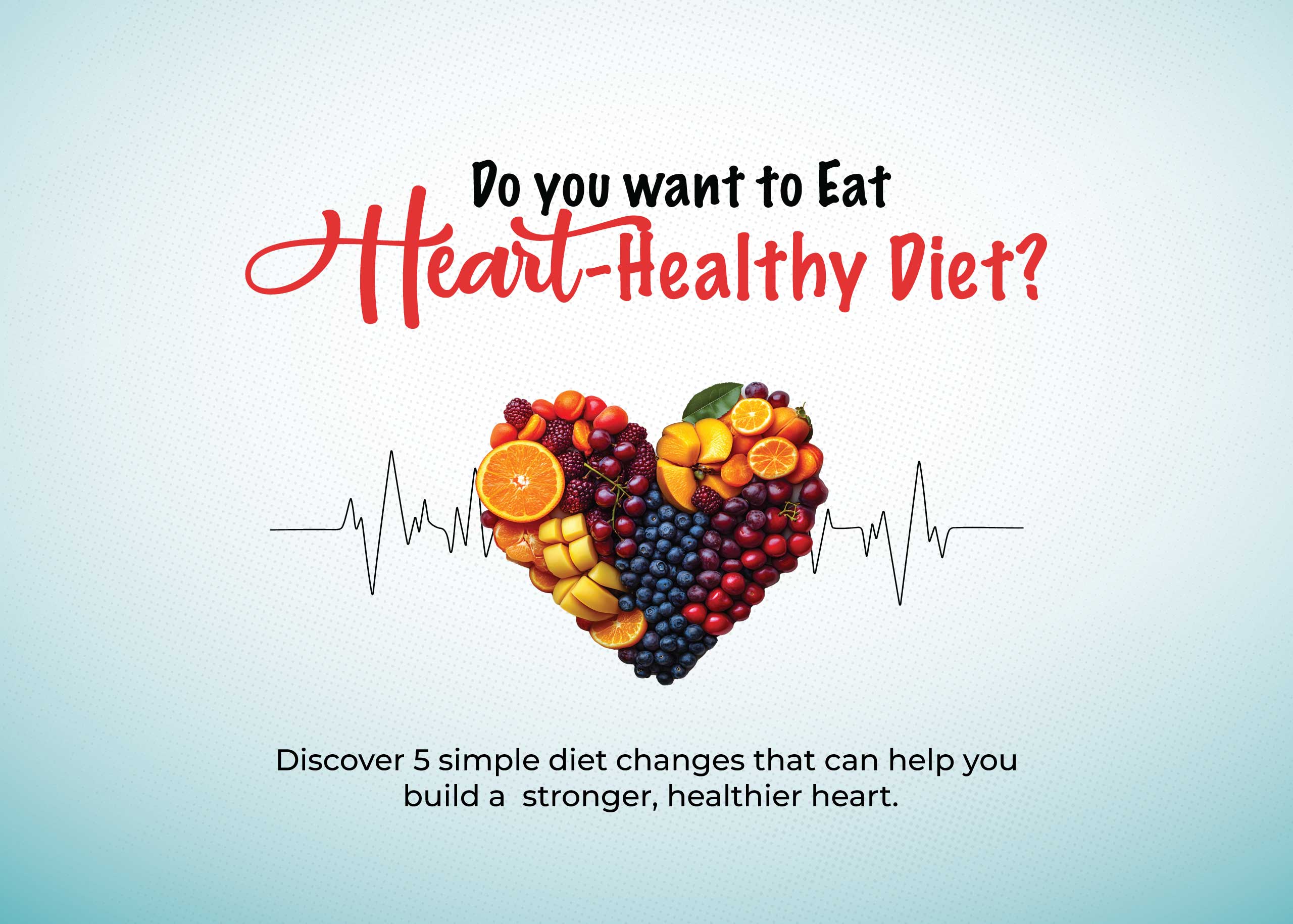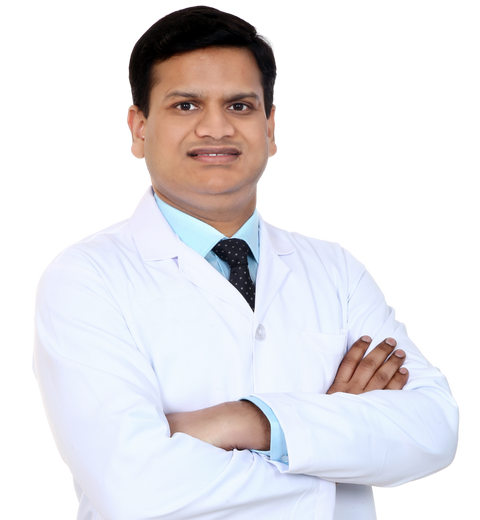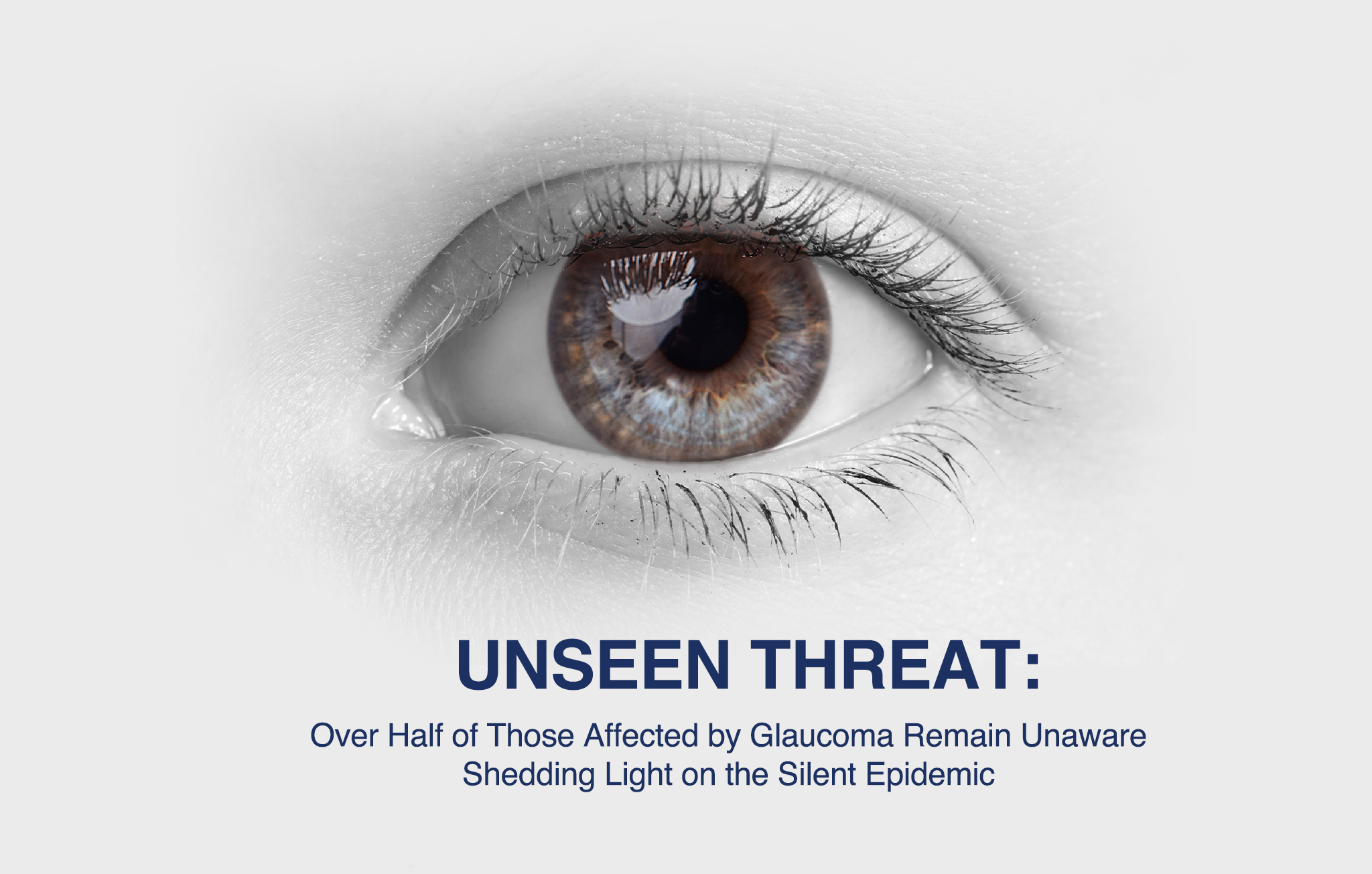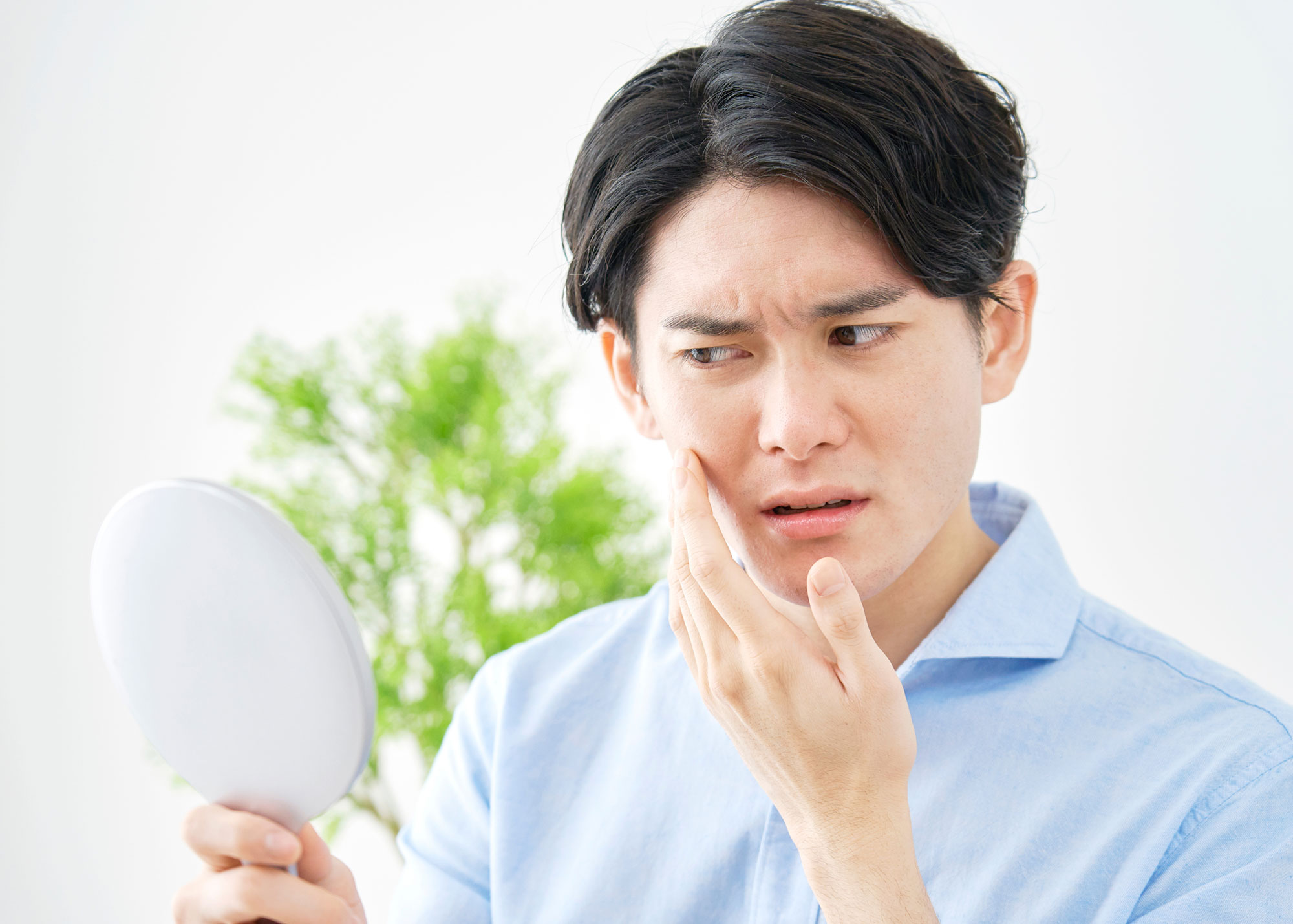Cancer treatment can be physically and emotionally draining, and proper nutrition plays a vital role in supporting your body through this challenging time. Eating nourishing, easy-to-digest meals can help manage treatment side effects, boost your immune system, and promote recovery. Whether you’re undergoing chemotherapy, radiation, or other treatments, food can be a powerful tool in maintaining strength and improving your quality of life.
In this blog, we’ll share five easy and delicious recipes specifically designed to nourish your body during cancer treatment. These meals focus on essential nutrients, immune-boosting ingredients, and comforting flavors that are both easy to prepare and gentle on the stomach.
1. Creamy Avocado and Spinach Smoothie
Smoothies are an excellent option for cancer patients who may have a reduced appetite or difficulty eating solid foods. This creamy avocado and spinach smoothie is packed with healthy fats, fiber, vitamins, and antioxidants, all of which support overall health and help keep your energy up during treatment.
Ingredients:
- 1 ripe avocado
- 1 cup fresh spinach leaves
- 1 banana (for natural sweetness)
- 1 cup unsweetened almond milk (or any milk of your choice)
- 1 tablespoon chia seeds (optional, for added omega-3s)
- 1 teaspoon honey (optional, for sweetness)
Instructions:
- Add all ingredients to a blender.
- Blend until smooth, adding more almond milk if needed to reach your desired consistency.
- Pour into a glass and enjoy! You can also freeze the smoothie in ice cube trays for a refreshing treat later.
Why It’s Good for You: Avocado provides healthy fats to maintain energy, while spinach is rich in iron and vitamins A and C, which support immune health and healing.
2. Butternut Squash and Carrot Soup
This comforting soup is both soothing and nutritious. Butternut squash is packed with vitamin A, which supports immune function, and carrots are a great source of beta-carotene. This soup is easy on the stomach, perfect for those dealing with nausea or a reduced appetite, and it’s rich in flavor and nutrients.
Ingredients:
- 1 medium butternut squash, peeled and cubed
- 4 large carrots, peeled and chopped
- 1 small onion, chopped
- 2 garlic cloves, minced
- 4 cups low-sodium vegetable broth
- 1 tablespoon olive oil
- Salt and pepper to taste
- A pinch of ground ginger (optional for added flavor)
Instructions:
- Heat olive oil in a large pot over medium heat. Add the chopped onion and garlic, cooking until soft.
- Add the cubed butternut squash, carrots, and vegetable broth to the pot. Bring to a boil, then reduce heat and simmer for 20-30 minutes, until the vegetables are tender.
- Use an immersion blender to blend the soup until smooth (or transfer it in batches to a blender).
- Season with salt, pepper, and ginger to taste, then serve warm.
Why It’s Good for You: This soup is full of antioxidants, which help combat the effects of cancer treatment, and it’s also gentle on the digestive system.
3. Grilled Chicken and Quinoa Salad
This salad is a protein-packed option that’s both satisfying and easy to digest. Quinoa is a great source of plant-based protein and fiber, while chicken provides lean protein to help repair and maintain muscle mass. Packed with fresh vegetables, it’s a colorful and delicious option for lunch or dinner.
Ingredients:
- 1 pound boneless, skinless chicken breast
- 1 cup cooked quinoa
- 1 cucumber, diced
- 1 bell pepper, diced
- 1/4 cup fresh parsley, chopped
- 2 tablespoons olive oil
- 1 tablespoon lemon juice
- Salt and pepper to taste
Instructions:
- Grill the chicken breast over medium heat for 5-7 minutes per side, or until fully cooked. Let it rest for a few minutes before slicing it thinly.
- In a large bowl, combine the cooked quinoa, cucumber, bell pepper, and parsley.
- Drizzle olive oil and lemon juice over the salad, and toss everything together. Season with salt and pepper to taste.
- Top the salad with the sliced grilled chicken and serve.
Why It’s Good for You: This meal is a great source of lean protein, fiber, and healthy fats that support muscle recovery and help keep you full longer.
4. Baked Salmon with Sweet Potato Fries
Salmon is a rich source of omega-3 fatty acids, which have anti-inflammatory properties and can help boost the immune system. Paired with roasted sweet potatoes, which are high in vitamins A and C, this meal is a great option for cancer patients looking to support their body’s recovery while enjoying a delicious, comforting dish.
Ingredients:
- 2 salmon fillets
- 2 medium sweet potatoes, cut into fries
- 1 tablespoon olive oil
- 1 teaspoon garlic powder
- 1 teaspoon smoked paprika
- Salt and pepper to taste
- Lemon wedges (for serving)
Instructions:
- Preheat your oven to 400°F (200°C).
- Toss the sweet potato fries in olive oil, garlic powder, paprika, salt, and pepper. Spread them out in a single layer on a baking sheet and bake for 25-30 minutes, flipping halfway through.
- While the fries are baking, season the salmon fillets with salt and pepper. Place them on another baking sheet and bake for 12-15 minutes, or until cooked through.
- Serve the salmon with sweet potato fries and a wedge of lemon for added flavor.
Why It’s Good for You: This meal is packed with omega-3 fatty acids from the salmon and vitamin A from the sweet potatoes, both of which play a crucial role in supporting the immune system and reducing inflammation.
5. Berry and Yogurt Parfait
This simple yet delicious dessert is packed with antioxidants, probiotics, and protein. The combination of fresh berries and Greek yogurt provides a refreshing and satisfying treat that is also good for gut health, which is essential during cancer treatment.
Ingredients:
- 1 cup plain Greek yogurt
- 1 tablespoon honey (optional)
- 1/2 cup mixed berries (strawberries, blueberries, raspberries)
- 1 tablespoon chia seeds or granola (optional)
Instructions:
- In a glass or bowl, layer the Greek yogurt, honey, and fresh berries.
- Top with chia seeds or granola for added texture and crunch.
- Serve immediately or refrigerate for later.
Why It’s Good for You: The probiotics in Greek yogurt support gut health, while the antioxidants in the berries help combat free radicals, boosting your immune system and promoting recovery.
Final Thoughts
Maintaining good nutrition during cancer treatment is crucial for supporting your body and mind throughout the process. By including immune-boosting ingredients, vitamins, and healthy fats in your meals, you can help manage side effects, increase your energy, and aid in recovery. These five easy and delicious recipes provide a great starting point to nourish your body and enjoy food that supports your health.
Always consult with your doctor or a nutritionist before making significant dietary changes, especially if you’re undergoing cancer treatment, to ensure your meals are tailored to your specific needs.















































